A century ago, Ford planted its flag on Aussie soil, and not in some corporate office in the CBD either. They chose Geelong, a town known more for wool bales than wheel bearings, and started something that would shape the Australian automotive landscape in a way few companies ever have. Now, in 2025, Ford is celebrating 100 years in Australia, and as far as we’re concerned, it’s not just a centenary. It’s a reminder that some of the world’s best vehicles are still being designed, engineered, and tested right here.
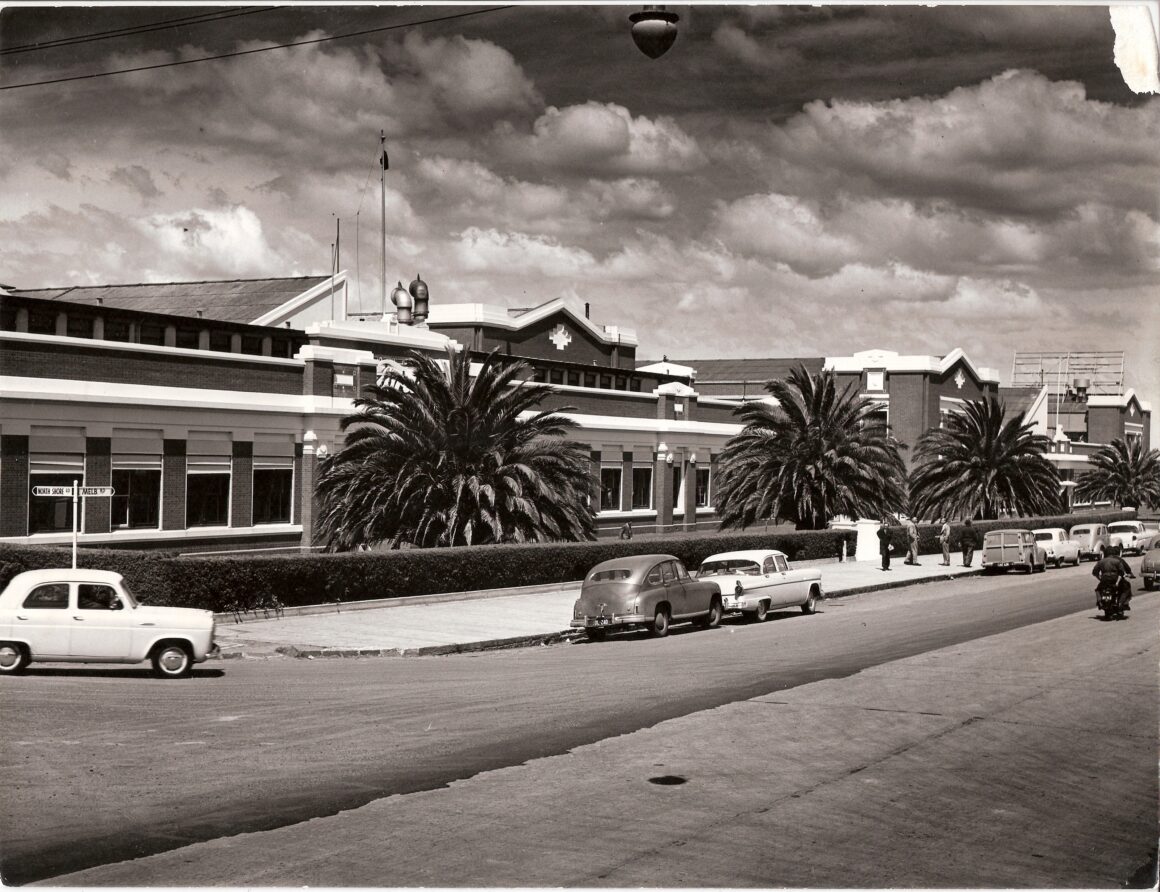
From Paddocks to Proving Grounds
When the first Aussie-built Model T rolled off the line in 1925, it set the tone. Simple, solid, and affordable transport for a tough land. And that theme has carried through the generations, culminating in today’s Ranger and Everest, which have become not only local favourites but global benchmarks for off-road performance.
The difference? These aren’t vehicles built for foreign highways and handed down to us. The current Ranger and Everest were designed right here in Australia, shaped by our terrain, our driving habits, and let’s be honest, our habit of pushing our 4WDs to the limit through rutted bush tracks, river crossings, and corrugated red dirt roads. They’ve been baked in the sun at the You Yangs Proving Ground, tested on the kind of roads that eats tyres, and tuned to tow everything from a box trailer for a Bunnings run to a full-sized off-road ‘van.
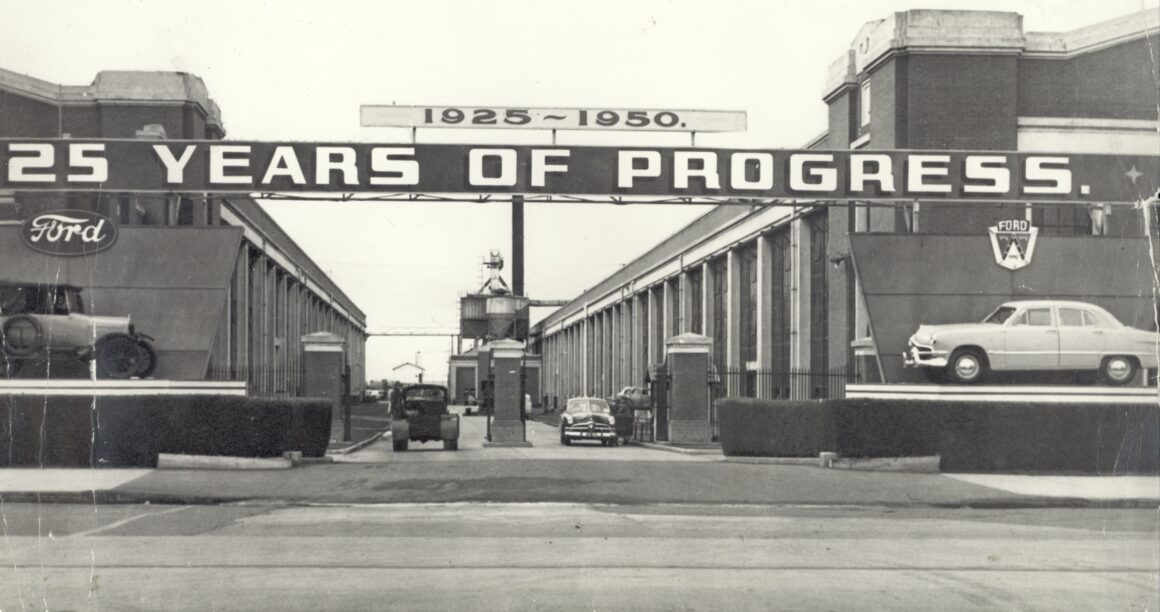
The Spirit of the Ute is Aussie-Made
If you want to talk about Aussie ingenuity, you’ve got to talk about the coupe-ute. Born in 1934 out of a simple request from a Gippsland farmer who wanted something that could take his wife to church and pigs to market, Ford delivered the world’s first ute. It was built in Geelong, of course, and it kicked off a lineage of rugged workhorses that’s still going strong today.
And while the original coupe-ute wasn’t built to tackle sand dunes or conquer the tele’ track, it absolutely laid the foundation for our modern dual dual cabs. Practical, versatile, and a bit of a cultural icon.
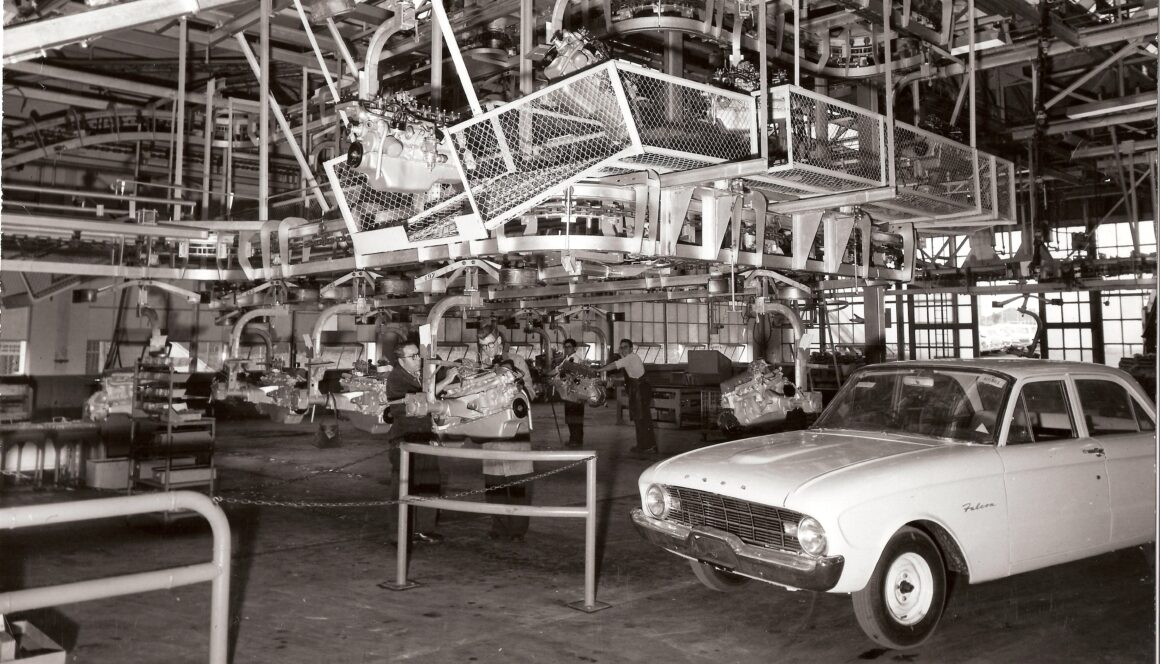
Ranger and Everest: Still Aussie to the Core
Fast forward to 2025 and the Ranger and Everest are still flying the flag. Sure, they’re sold all over the world now, but don’t get it twisted. The backbone of these vehicles is pure Aussie design. Whether it’s the suspension tune, the accessory integration, or the way they handle 3500kg on a towball while climbing a fire trail. They’re built to meet the expectations of the Australian off-road crowd first and foremost.
Ford’s R&D hub in Campbellfield and the You Yangs Proving Ground are still where the magic happens. Engineers there are the ones ensuring your Everest won’t bottom out on a bulldust-ridden station track or leave you stranded with an overheating trans halfway through the Simpson. And with the Ranger Raptor now a V6-powered race rig taking on the biggest races in the world, the influence of Aussie engineering is being felt on a global stage like never before.
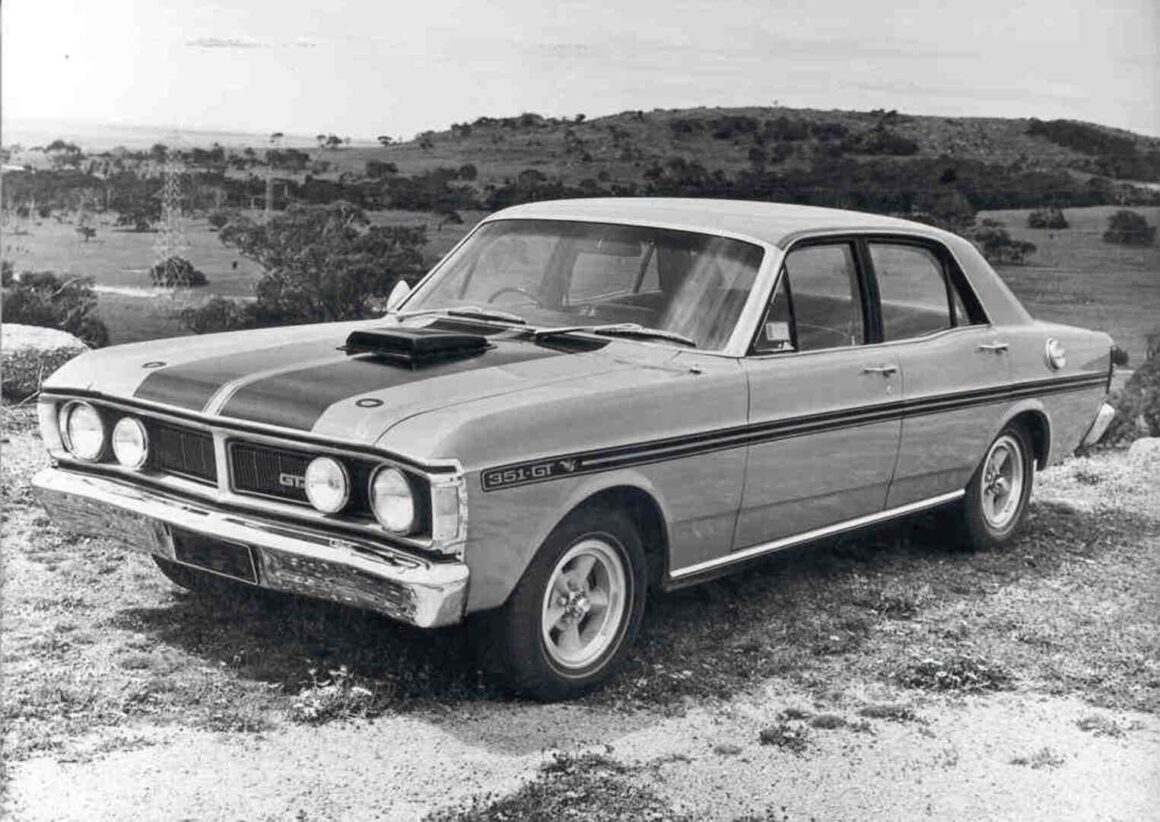
Celebrating the Past, Looking Forward
To mark the milestone, Ford’s throwing a centenary bash in Melbourne on April 4, with everything from the original Model T to modern machinery like the Mustang Mach-E and Ranger PHEV on display. But if you can’t make it in person, the real rabbit hole is online—Ford’s just uploaded over 2,300 Aussie-specific brochures and images to their Heritage Vault. It’s a digital time machine full of XR8s, LTDs, camper-converted Falcons, and early Rangers.
Check it out here: Ford Heritage Vault
Final Thoughts
Look, there are plenty of car brands that sell in Australia, but very few that are of Australia. Ford is one of them. Whether you’re running a stock Everest on the school run or have a built-to-the-nines Ranger with a canopy and 35s, you’re driving something shaped by a century of local input, hard-earned knowledge, and more than a little trial by fire.
And that’s worth celebrating.




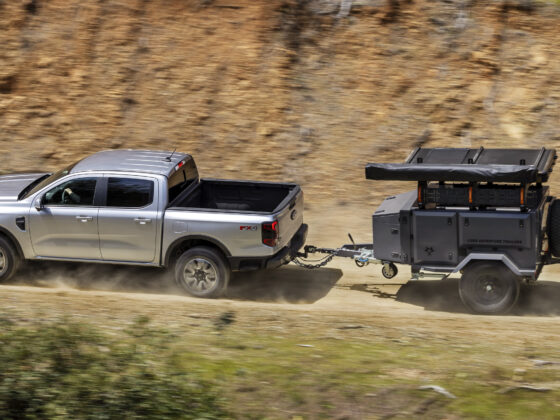








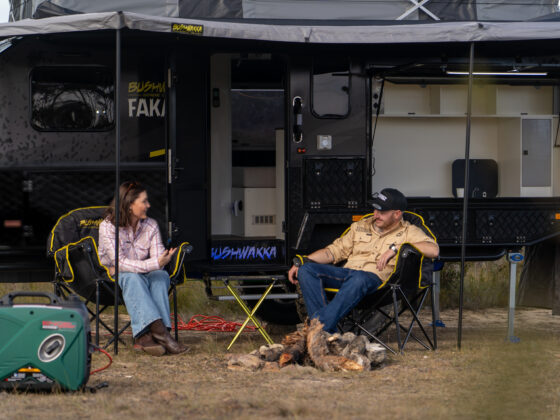
1 comment
Very interesting article but for me there is one very obvious detail that has been deliberately overlooked …. Ford vehicles are no longer built in Australia.
As recent events involving a supposed friend of Australia, the US, have shown us we should not be reliant on overseas countries for supplying such a necessary product.